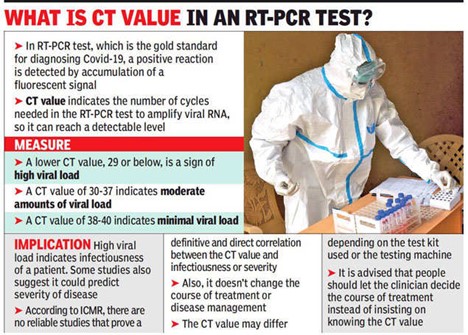Why Kyasanur forest disease in news?
Kyasanur forest disease (KFD) is emerging as a new public health problem & challenge in India. This is also called as monkey fever.
.jpg)
What is KFD -Kyasanur Forest Disease?
The KFD disease is tick-borne viral haemorrhagic fever which is endemic to South-western part of India. It is caused by a virus from family Flaviviridae.
KFD is endemic to the Indian state of Karnataka.
Who are the Vulnerable Group?
People with recreational or occupational exposure to rural or outdoor settings (e.g., hunters, herders, forest workers, farmers) are potentially at risk for infection by contact with infected ticks.
Seasonality is another important risk factor as more cases are reported during the dry season, from November through June.
Is KFD -Kyasanur Forest Disease transmitted to human beings ?
Yes ! Virus is transmitted to humans through bite of infected ticks .
What are the Point-of-care tests?
-Point-of-care testing (POCT) is a form of testing in which the analysis is performed where healthcare is provided close to or near the patient .
-The point-of-care tests has been developed by ICMR-National Institute of Virology.
-It will be beneficial to diagnose KFD .
-This fever usually outbreaks in remote areas which lacks in well-equipped sample handling and laboratory testing facilities. Thus, point-of-care test will quickly manage the patient and control further spread of virus.
What is the Diagnosis of the KFD?
-It can be diagnosed in the early stage of illness by molecular detection by Polymerase Chain Reaction (PCR) or
-Virus isolation from blood. Later, serologic testing using enzyme-linked immunosorbent serologic assay (ELISA) can be performed.
What is the Treatment and Prevention?
There is no specific treatment for KFD although a vaccine is available.
What is National Institute of Virology?
The National Institute of Virology, Pune is an Indian virology research institute, and one of the translational science cells part of Indian Council of Medical Research (ICMR).
It has been designated as a WHO H5 reference laboratory for SE Asia region.
The NIV is identified today as the WHO Collaborating Center for arboviruses reference and hemorrhagic fever reference and research. NIV is also the National Monitoring Centre for Influenza, Japanese encephalitis, Rota, Measles, Hepatitis and Coronavirus.



.jpg)
.jpg)
.jpg)
.jpg)
.jpg)
.jpg)





